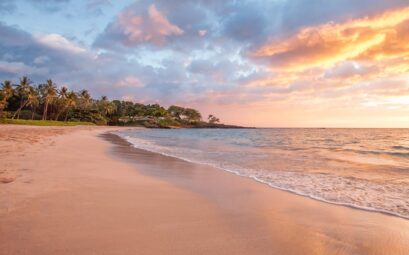Boasting some of the best diving hot spots in the world, not only in terms of pristine reefs, but in the abundance of diving options, the Solomon Islands offer outstanding beauty that’s yet to be discovered by the masses, promising an underwater world of limitless discovery.
From wrecks, caverns, wide-angle reefs, sea fans, soft corals and macro diving, the experiences you’ll encounter here are made even more magical owing to the miraculous biodiversity that thrives beneath you. For the curious history fans, the Solomon Islands are home to some truly magnificent World War Two wrecks so you can wander through a piece of historical brilliance.
The diving sites around the Solomon Islands can be accessed via liveaboards and dive resorts, with both options offering truly unforgettable diving experiences. With many sites to choose from, we’ve narrowed it down to some of our favorites to help you plan your trip.
Bonegi
Located near the capital city of the Solomon Islands, Honiara on Guadalcanal, the Bonegi ship wrecks are some of the main WWII wreck diving areas popular with regulars who never tire of their marine diversity and interesting macro subjects.
Guadalcanal is regarded by many as the easiest place to start your diving adventures, with its close proximity to the centre of Honiara and with depths starting at just a few metres. Forming part of the iconic Iron Bottom Sound wrecks, Guadalcanal contributes to over 200ships and aircraft that lie within the depths of the sea.
Some 12km west of Honiara, divers will find Bonegi 1, home to a giant Japanese merchanttransport vessel and also known as Hirokawa Maru. The ship was one of eleven Japanesetransport ships attacked on their way to Guadalcanal in 1942 and now lies on the portsidewith a depth from 5 to 50 metres.
With approximately 18 metres visibility, there are lots of swim-throughs that allow divers toexplore the wreck, around the ship’s king posts and past the bridge wreckage. Thestreet-like paths through which you can swim offer a huge amount of marine growth, fromgorgonian sea fans growing out of the side of the wreck to corals in fantastic condition, withschools of fish all around.
This is the kind of wreck that offers something new and exciting each time, no matter howmany times you dive down into its depths. Whilst the visibility is not as clear as other famousdiving locations such as Fiji and Micronesia, its easy accessibility from the shore certainlymakes up for this fact.
Bonegi 2, or Kinugawa Maru is a smaller wreck than its predecessor and shallower, meaningit is suitable for all diving abilities. Its top can be seen poking out from the water, making itpopular with snorkelers as well as scuba-divers. The wreck is relatively open, allowing wondrous discovery of the life that thrives around the ship; batfish, hard corals, gorgoniansand soft corals, as well as beautiful lionfish. All the areas that are open to sunlight shimmerwith a vibrant display of colourful life, so this really is a picturesque dive for both beginnersand regular divers.
Florida Islands
Twin Tunnels
As the name would suggest, this wreck is formed of two tunnels eroded into the edge of thereef that descend from a seamount into a 10 metre deep open cave and onto a reef wallabout 36 metres and is located 1km southeast of Tulagi Island. As a coral bommie, the diveoffers an abundance of pelagic fish to admire, who treat the reef as somewhat of a refuge.Dog tooth tuna, bluefin trevally, Spanish mackerel and barracuda can often be spottedswimming in their masses along with grey reef, white tip and black tip sharks.
The top of the reef or seamount is as spectacular if not more than the tunnels so there is notnecessarily a need to dive down into the tunnels unless your heart desires it! Divers will beafforded beautiful vistas of pygmy seahorses, barrel sponges full of lobsters, cuttlefish,octopus, eels, rays and hundreds of species of fish and corals.
The tunnels are governed by a strong current so it is only recommended for strong divers,otherwise enjoy the glorious display that greets you at the top including corals in magnificentshape.
Devils Highway
What diving dreams are made of, Devils Highway is one of the few places in the world whereyou can swim along with a colony of giant manta rays. As they feed over a shallow reef, thisis one for advanced divers as the currents are particularly strong. Once you are at the dropoff to the wall, kick down hard, find a place on the reef to hook onto and be delighted by overa dozen mantas swimming back and forth along the top of the wall as they feed in afascinating dancing display.
Due to its nutrition-rich currents, divers can also be treated to an array of other pelagics suchas sharks, batfish, cuttlefish, crabs, rays and scorpionfish.
Hopefully you’re not in a rush, as this is a very busy highway indeed.
Munda
It may not be a specific diving site, but Munda offers a treasure trove of spectacular walls,caverns, coral gardens and numerous WWII plane wrecks that all appear pristinely unspoilt.
Situated on the west side of New Georgia, about an hour flight from Honiara, Munda is ahaven for those divers who wish to steer away from the beaten path. During WWII, Munda acted as an important military airfield base which now means its relicsare scattered throughout the region, including Skull Island which homes many shrinesdisplaying human skulls, from the time when headhunting was a custom. Luckily notanymore!
The main diving operators are Dive Munda, who allow you access to over twenty dive sitesincluding natural reefs and small wrecks along the coastline. These sites attract a largenumber of pelagic fish.
Shark Point
For guaranteed sightings of sharks and schools of pelagic fish, as well as a dive surroundedby an abundance of healthy, colourful corals, Shark Point is certainly pleasing. Expectgreater barracudas, rainbow runners, trevally, jacks, tuna and mackerel and of coursesharks and rays!
Dropping off at 600 metres down to depths of up to 60 metres, strong currents bring in awhirlwind of pelagic fish amid incredible gorgonian fans, soft corals and whip corals.
Bell P-39 Airacobra and The Dauntless Wreck (â€â€¹Douglas SBD Dauntlessâ€â€¹)
Discover these sunken treasures! These shallow dives are two American fighter aircraft andcome to life in a wonderful display of encrusted jewel-like corals, teeming with juvenile fishthat practically cover the wreckage from top to bottom.
These aircraft were in service when the United States entered WWII and were shot downduring a raid, making a crash landing in Rendova Harbour. Interestingly, the driver ofDauntless in 1995 visited the wreck site of his old plane on the 50th anniversary of the day itwas shot down. With this knowledge, rejoice to scenes of pelagic fish, from sweetlip and lionfish to coral trout and thousands of tiny baitfish.
Marovo Lagoon
Situated off a cluster of islands, Kicha, Mbulo and Male Male, Marovo Lagoon boasts theSouth Pacific diving you had always dreamed of. It is the largest double barrier reef enclosedlagoon in the world and divers are truly spoilt with an abundance of tropical sea life.
The entire lagoon is vast and expansive, offering beautiful vistas and clear, calm waters.Home to a variety of dive sites including drop-offs, coral gardens, caves and cuts andpassages where the ocean and lagoon meet, boredom doesn’t exist here.
Kicha Island
Located off the southeastern tip of Vangunu Islands and just outside the lagoon are an arrayof sites to enjoy.
Kavachi Corner is a stunning wall dive and divers can often hear the rumbling of the Kichavolcano while watching schools of parrotfish, rainbow runners, barracuda and snappersswim by. It’s an atmospheric dive to say the least with the booming symphony as thebackdrop to your spent beneath these waters.
There are plenty of other diving sites on the edges of the lagoon that run into the saltwaterparadise and are guided by many resorts in the area.
The Solomon Islands are a true diving haven, offering one of the largest varieties of divingsites in the world. Not only that, but the sites are extremely pristine and biodiverse whichmakes for an utterly enjoyable experience.
Now go explore the Solomon Islands for yourself and find your favourite dive site!
Diving conditions: usually 26-29 degrees Celsius with a visibility of approxiamtely 15 metresand sometimes 20-30 metres.

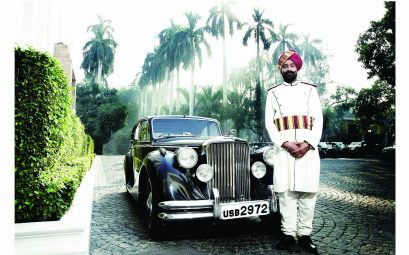
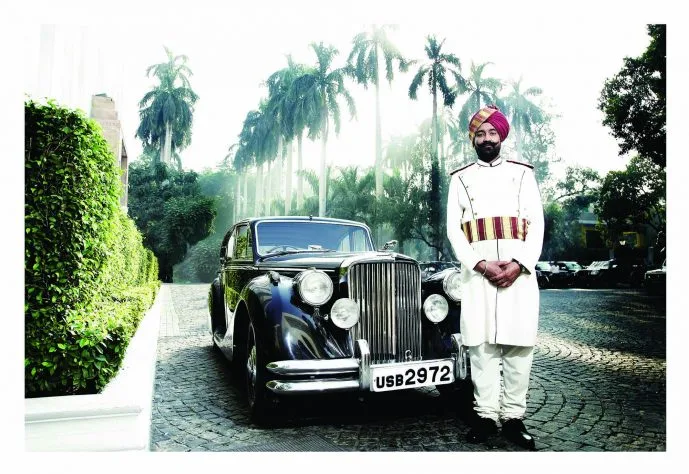
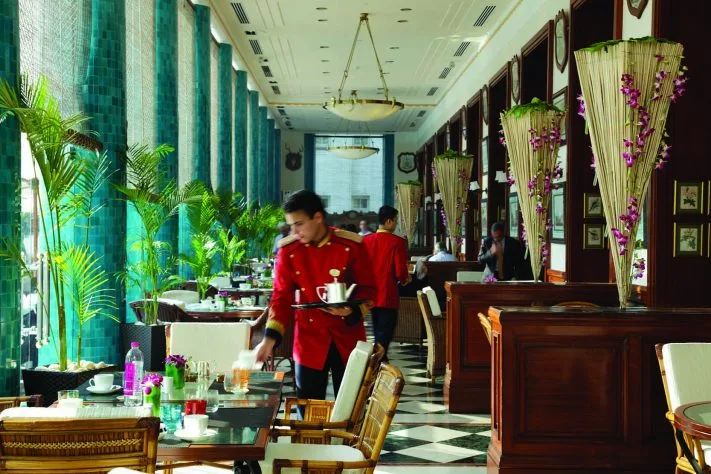
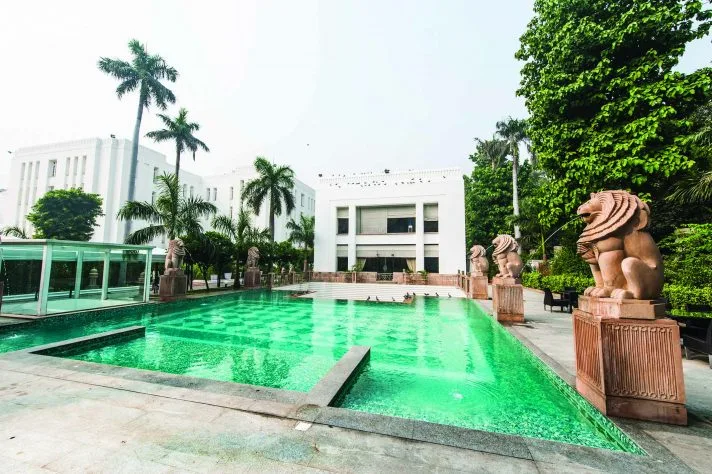
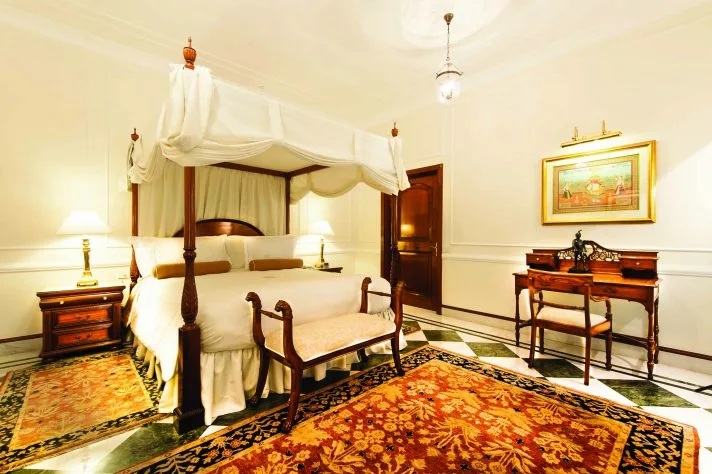

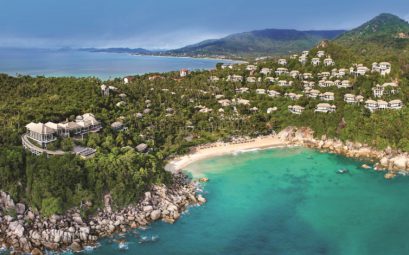
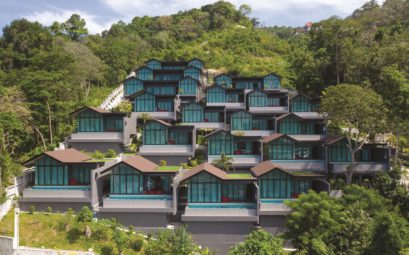
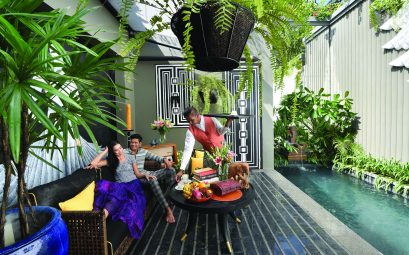
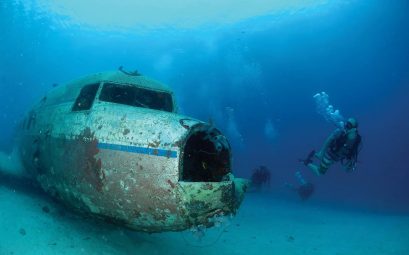
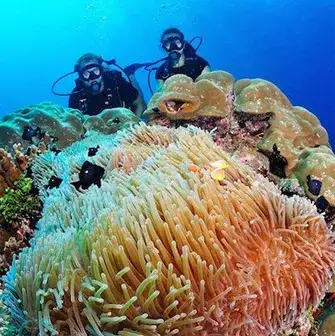
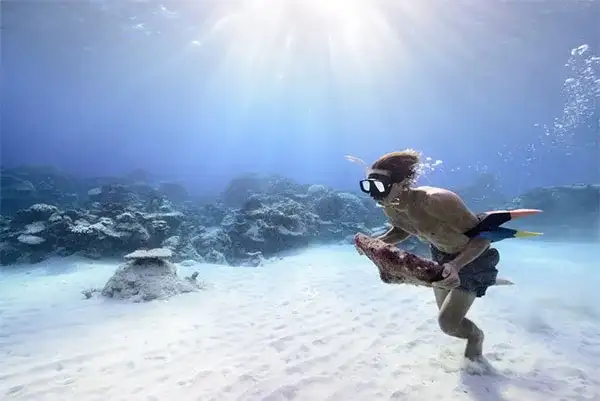
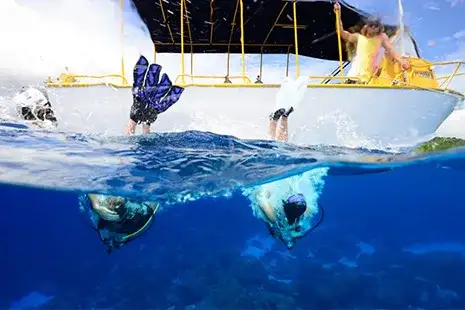
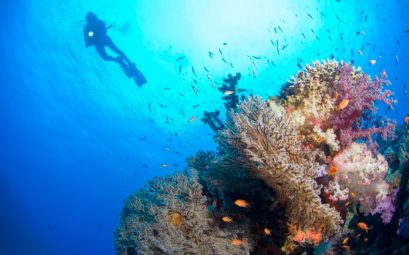
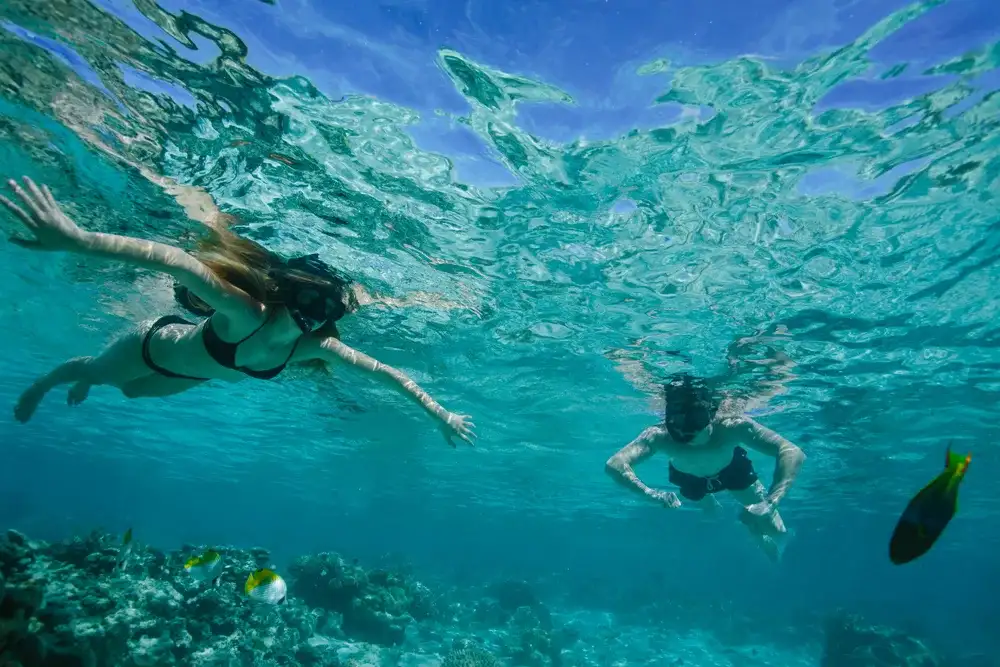
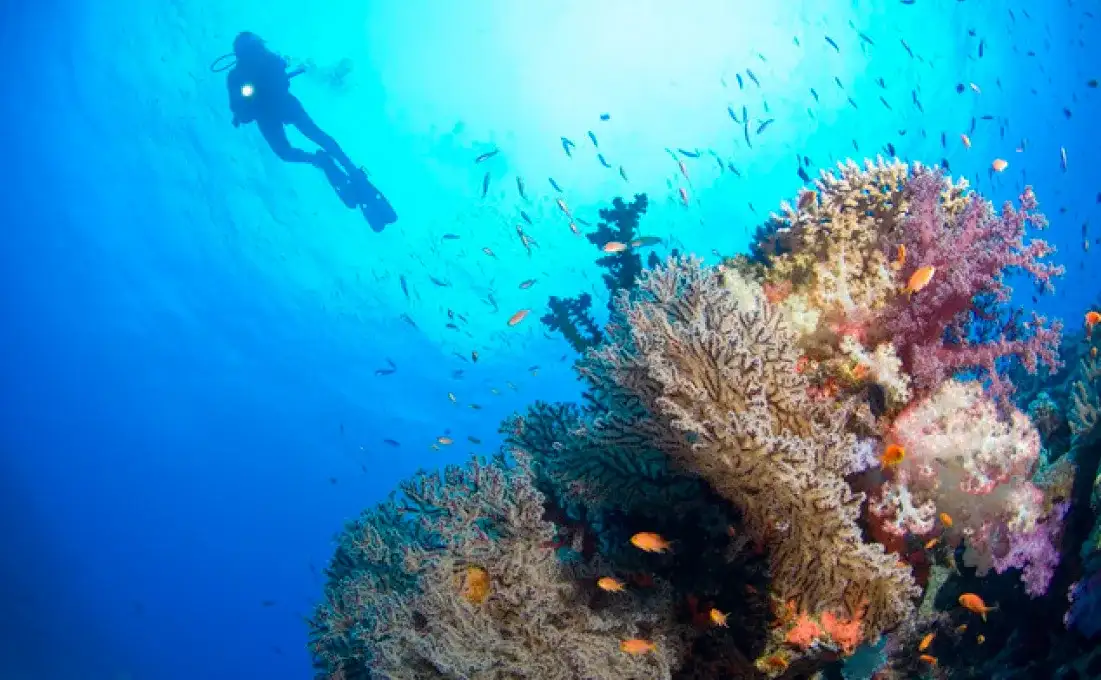
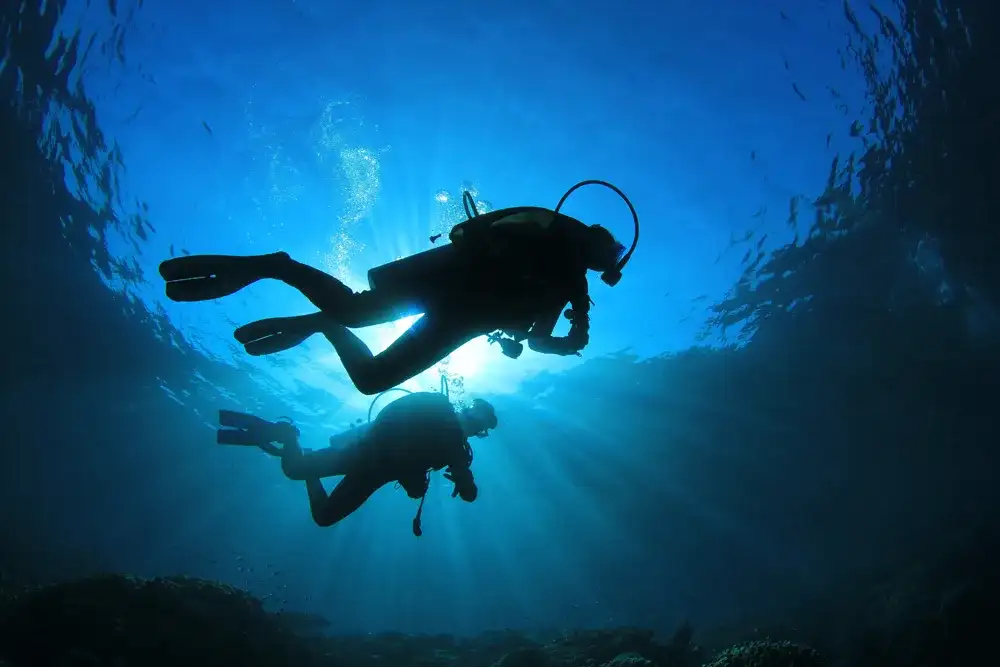 If you wish to explore the fascinating underwater habitats of sharks then the main island of Viti Levu, home to the Coral Coast, will place you within touching distance of these amazing animals. For the adrenaline seekers, there are several sites here where you can dive down deep, including the amazing shark feed dive at Shark Reef in Pacific Harbour’s Beqa Lagoon. Since the area is protected from illegal fishing, you’ll find an underwater realm blossoming with marine life, including eight species of shark and clear and calm waters all year round.
If you wish to explore the fascinating underwater habitats of sharks then the main island of Viti Levu, home to the Coral Coast, will place you within touching distance of these amazing animals. For the adrenaline seekers, there are several sites here where you can dive down deep, including the amazing shark feed dive at Shark Reef in Pacific Harbour’s Beqa Lagoon. Since the area is protected from illegal fishing, you’ll find an underwater realm blossoming with marine life, including eight species of shark and clear and calm waters all year round.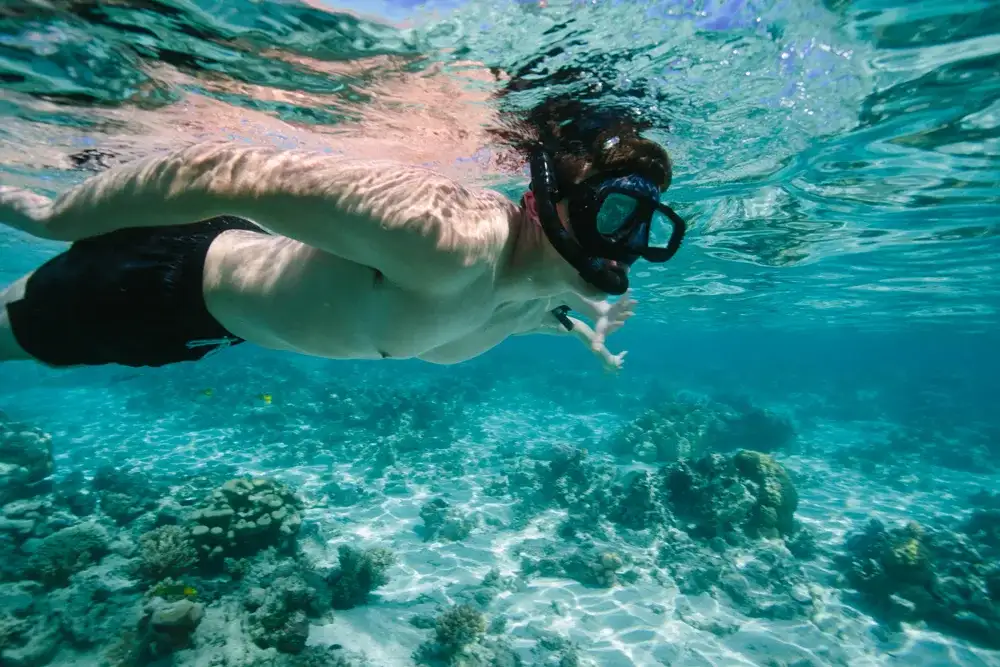 Located off of Viti Levu’s west coast, the volcanic Mamanucas offer their fair share of Fijian activities, cultural delights and excursions for every member of the family. For those seeking more of an adventurous getaway, there are plenty of dive sites for both novice and advanced divers, with excellent visibility and considerably warm temperatures.
Located off of Viti Levu’s west coast, the volcanic Mamanucas offer their fair share of Fijian activities, cultural delights and excursions for every member of the family. For those seeking more of an adventurous getaway, there are plenty of dive sites for both novice and advanced divers, with excellent visibility and considerably warm temperatures.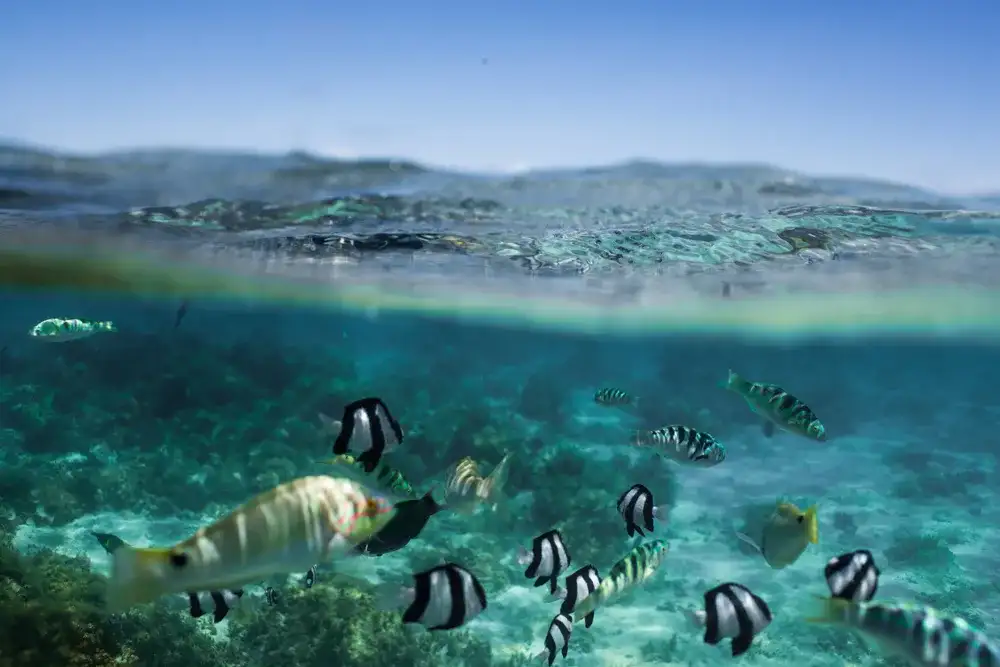 Proving less revered than its Fijian sisters, the Navula Barrier Reef nonetheless offers a wide variety of dive sites including wall dives, swim-throughs, caves, canyons and idyllic coral reefs. Headed up by the Scuba Bula Dive Centre, there are a range of sites catering for beginners as well as those with a larger number of dives under their belt.
Proving less revered than its Fijian sisters, the Navula Barrier Reef nonetheless offers a wide variety of dive sites including wall dives, swim-throughs, caves, canyons and idyllic coral reefs. Headed up by the Scuba Bula Dive Centre, there are a range of sites catering for beginners as well as those with a larger number of dives under their belt.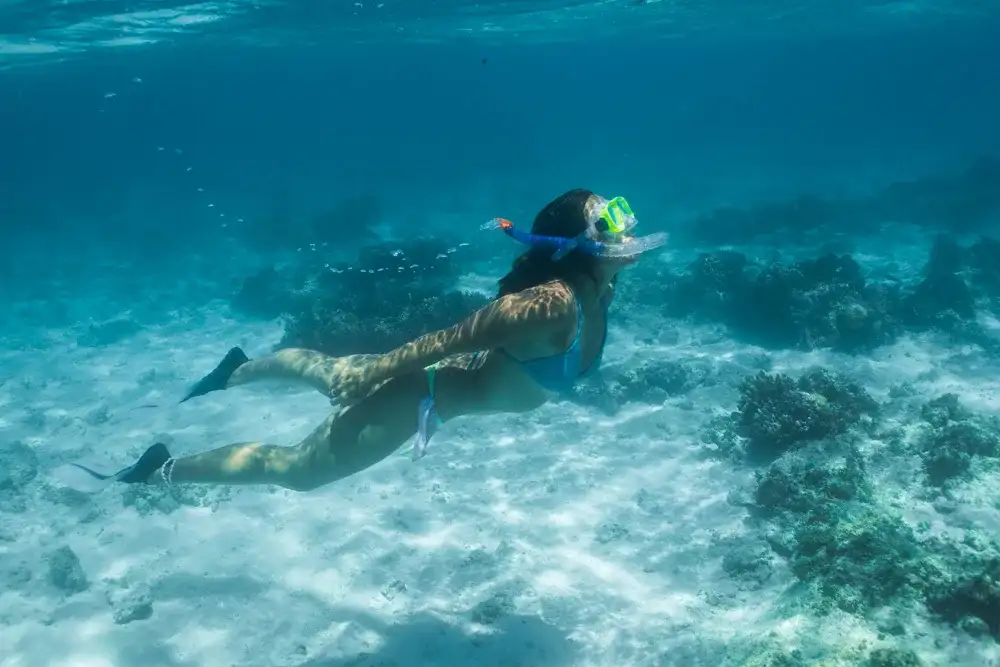 Taking the scuba-diving world by storm for decades, the Great Astrolabe Reef has blown away even the most advanced and experienced divers. Regarded as one of the world’s top diving spots and the fourth largest, the diversity of marine life and coral structures is more varied here than anywhere in the archipelago. Located on Kadavu island, the 100km long diving expanse benefits from the fact that it is one of the least visited islands of Fiji.
Taking the scuba-diving world by storm for decades, the Great Astrolabe Reef has blown away even the most advanced and experienced divers. Regarded as one of the world’s top diving spots and the fourth largest, the diversity of marine life and coral structures is more varied here than anywhere in the archipelago. Located on Kadavu island, the 100km long diving expanse benefits from the fact that it is one of the least visited islands of Fiji.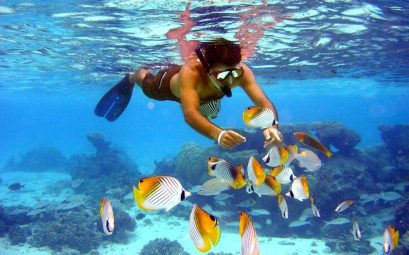
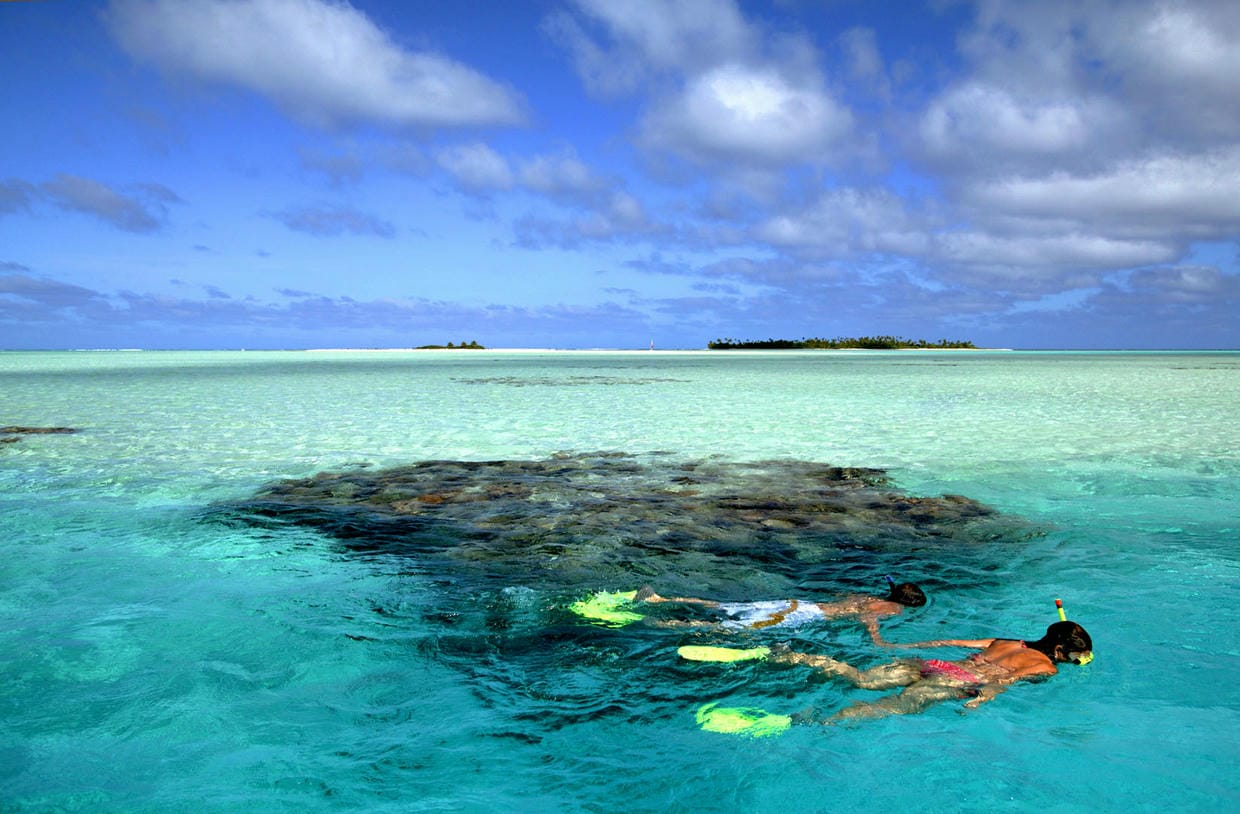
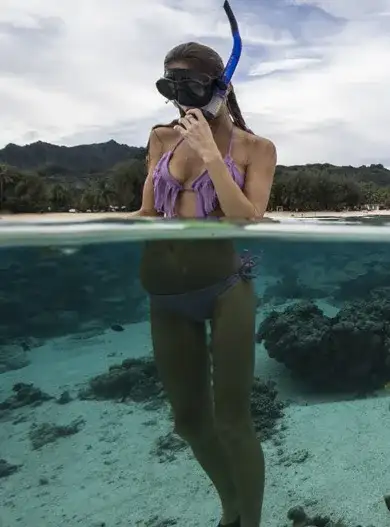
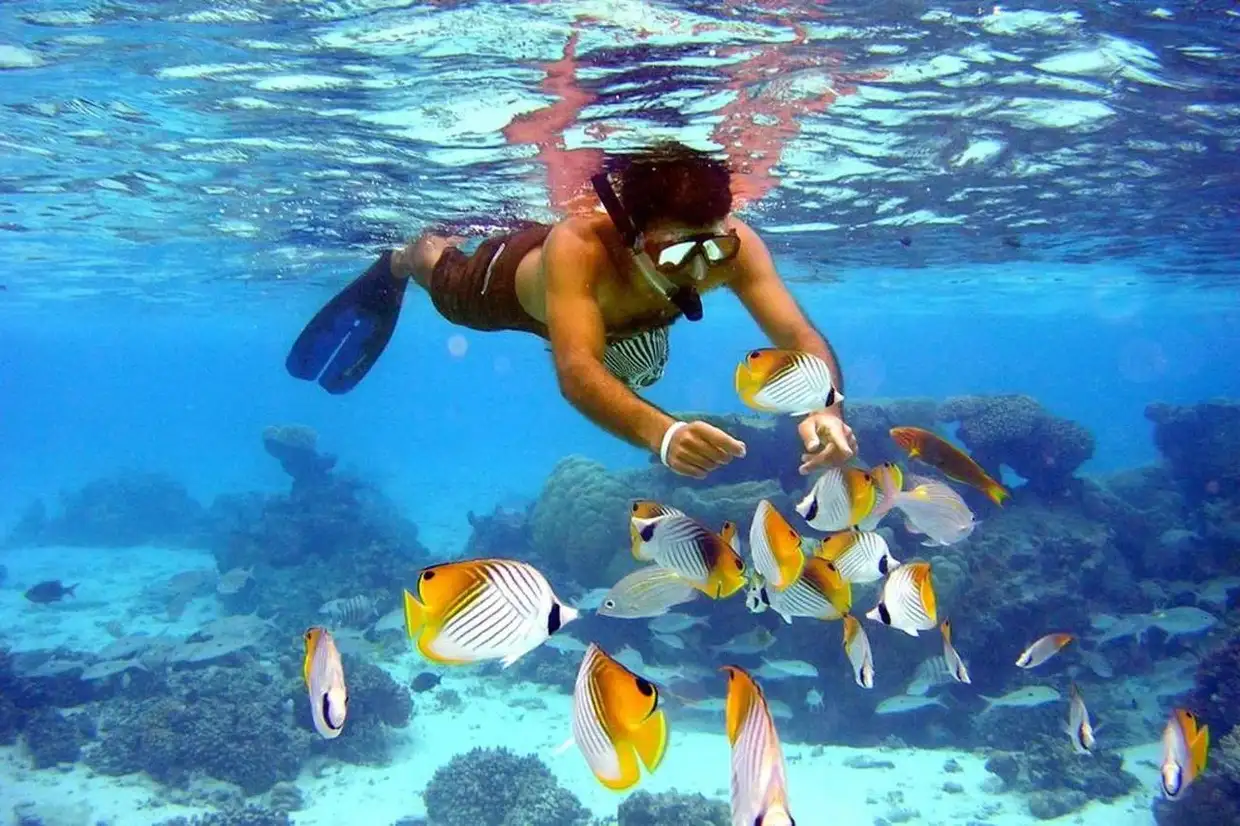
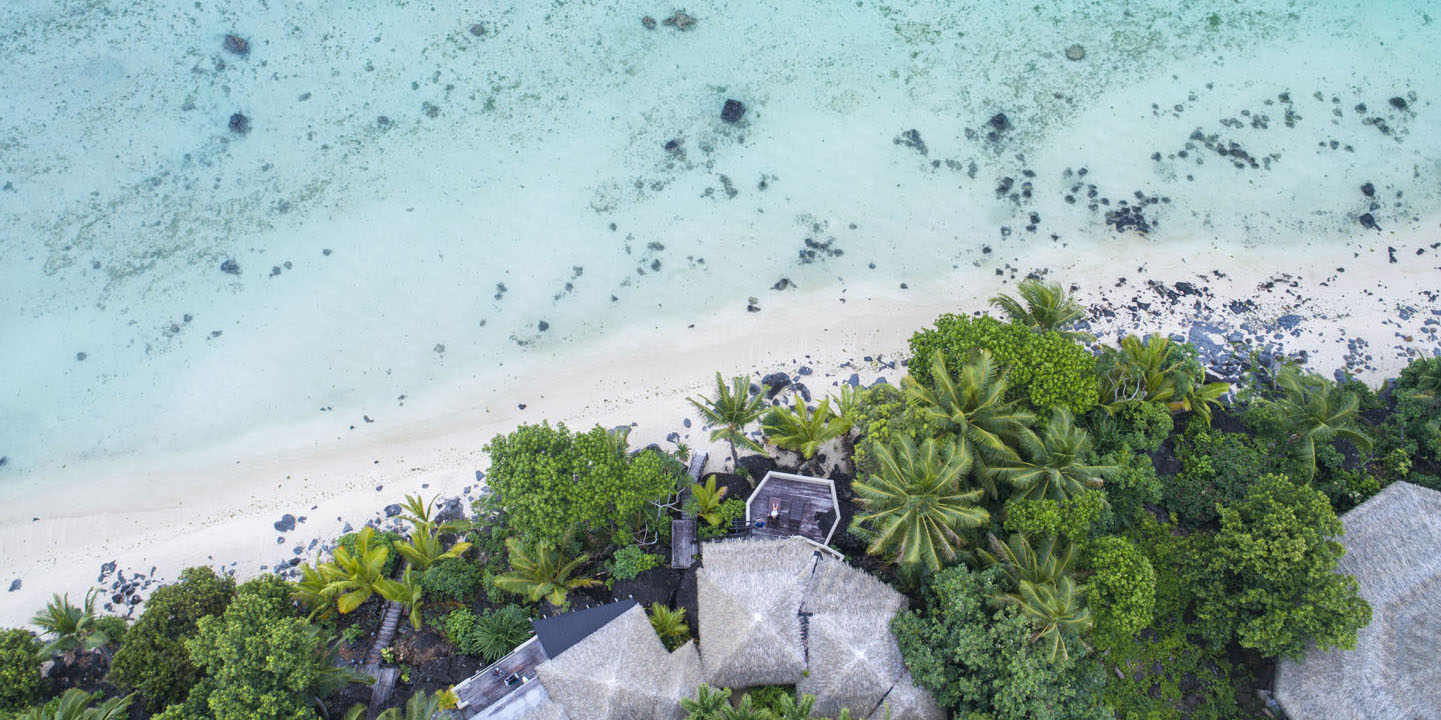
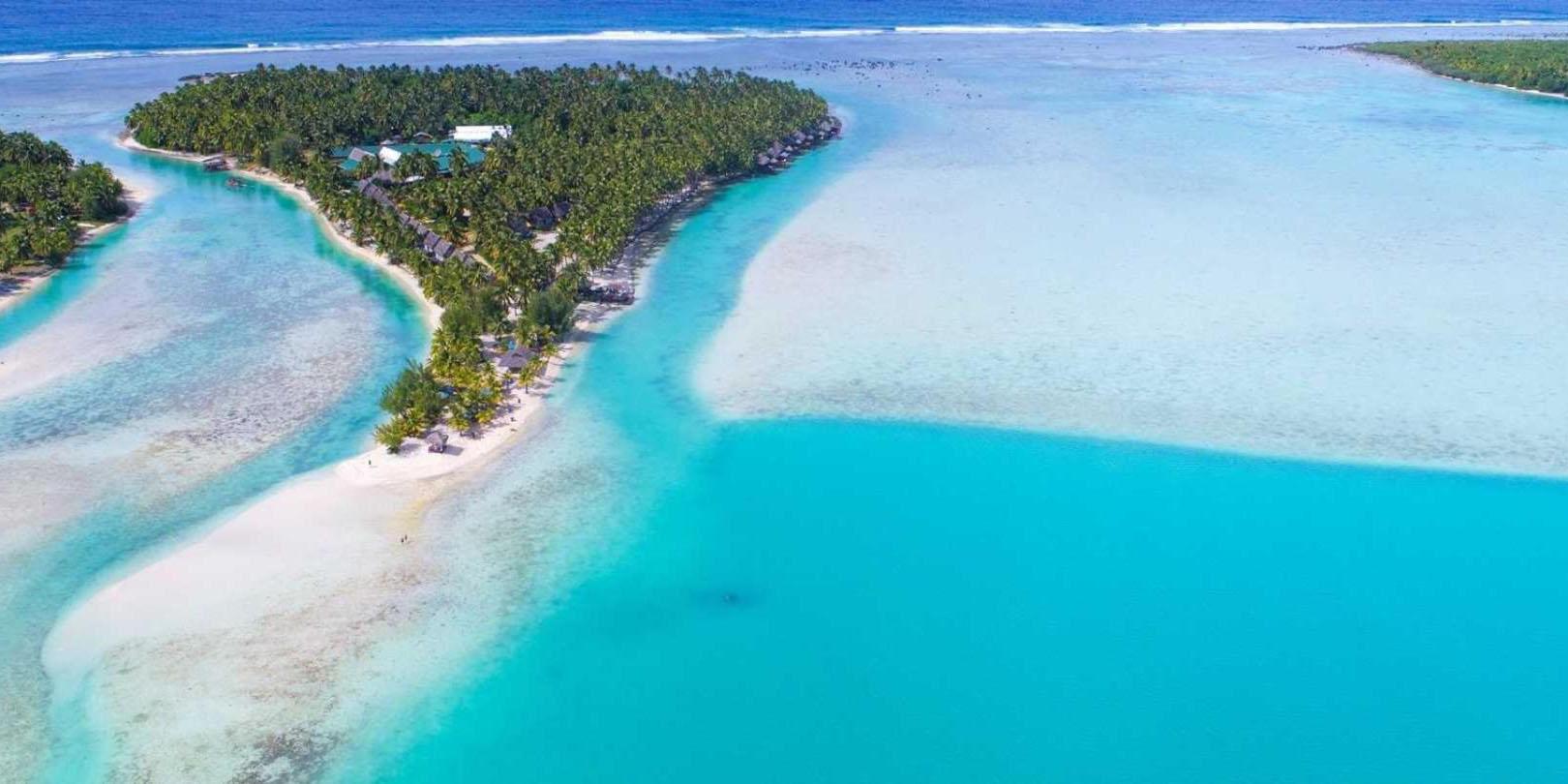 Rarotonga
Rarotonga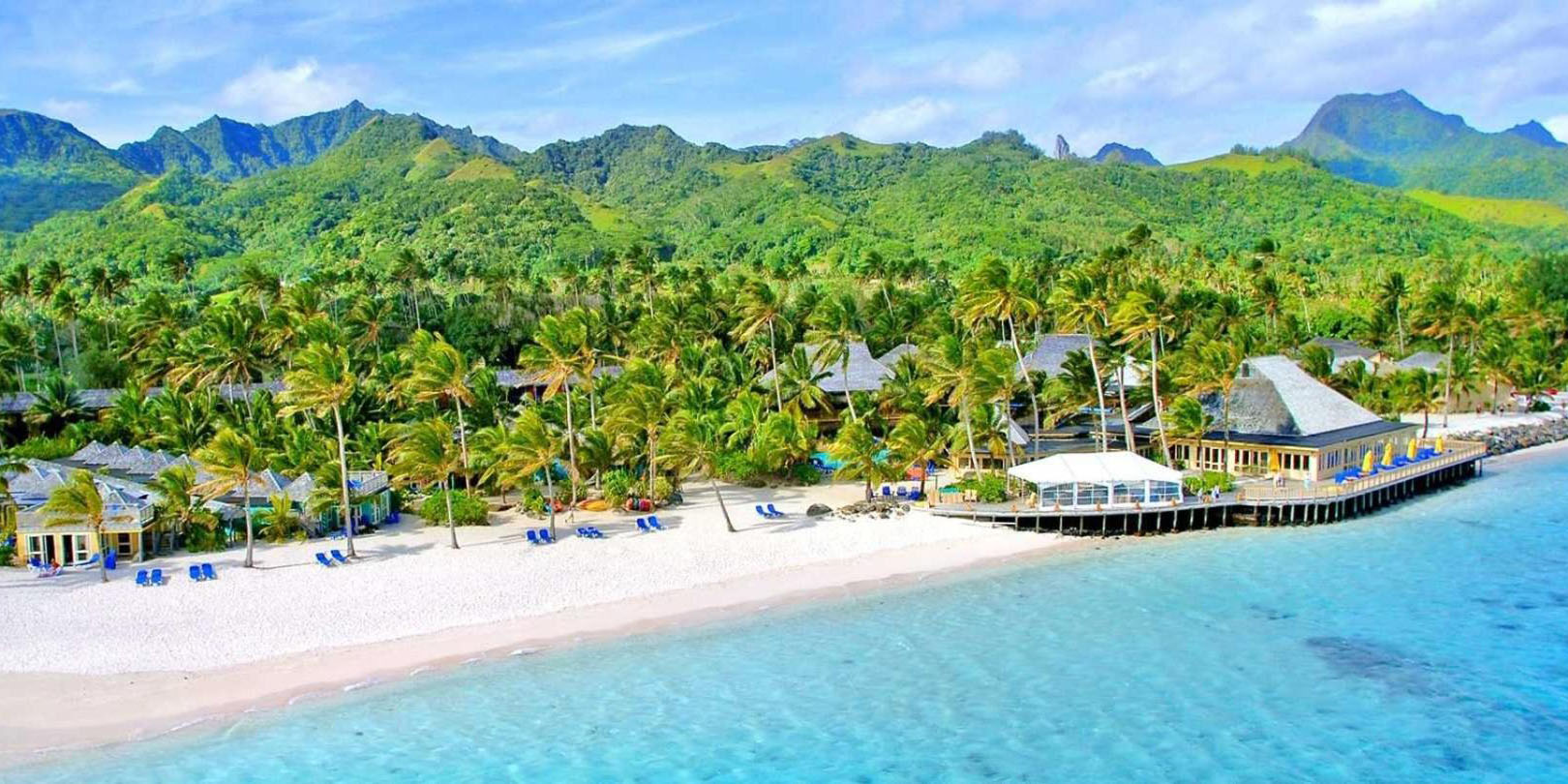
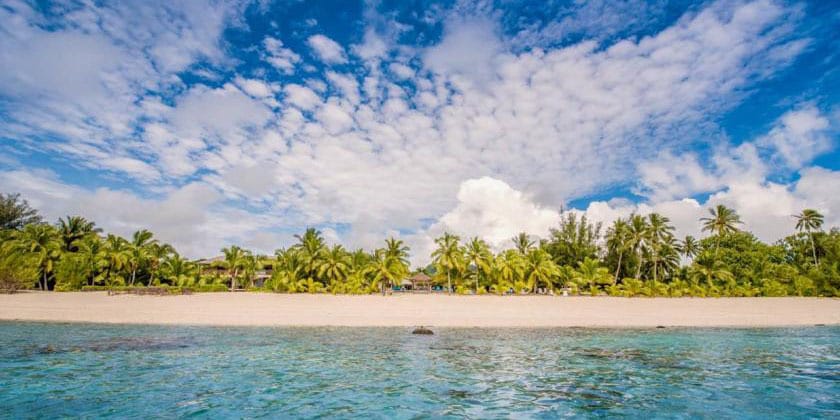
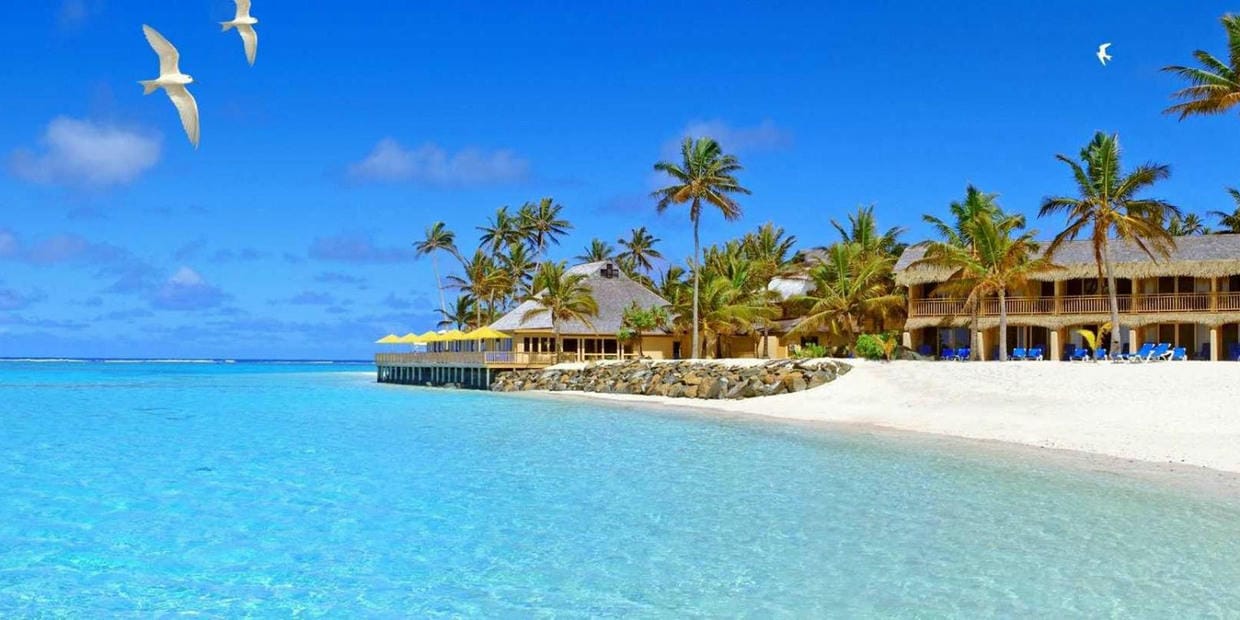
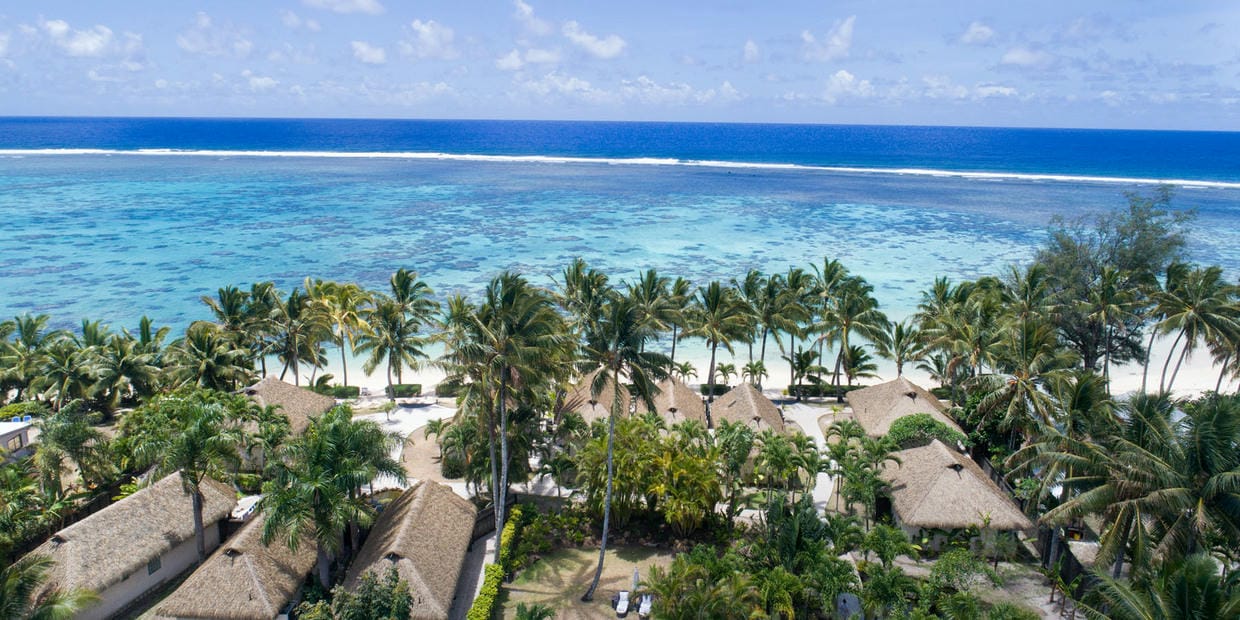
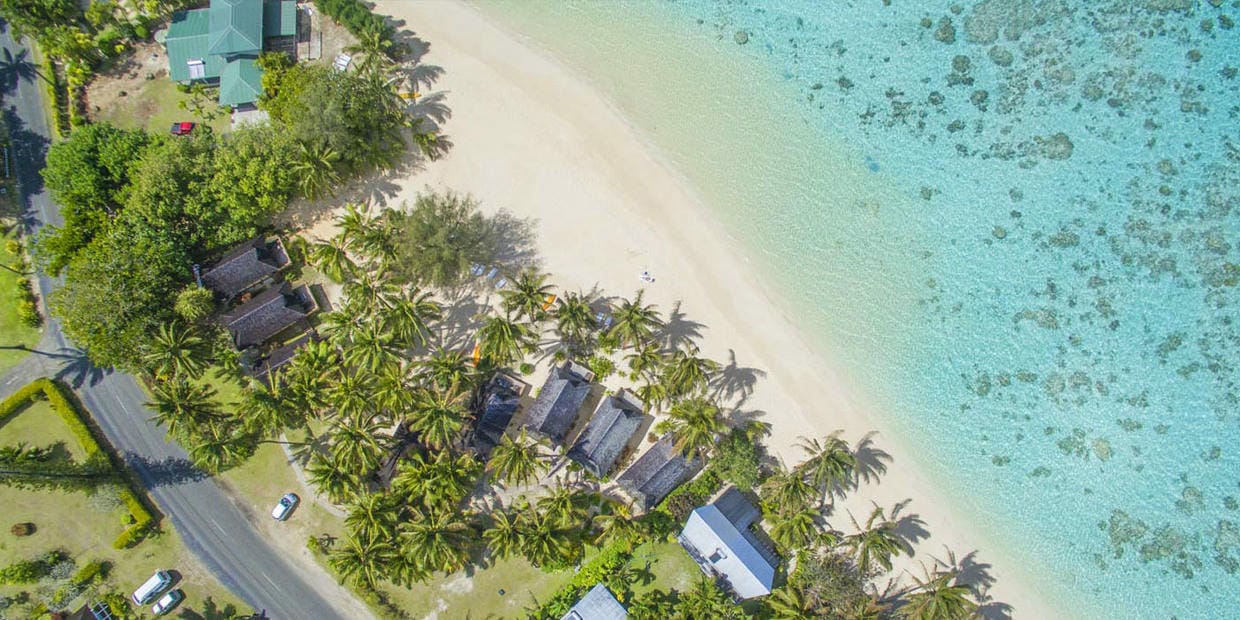
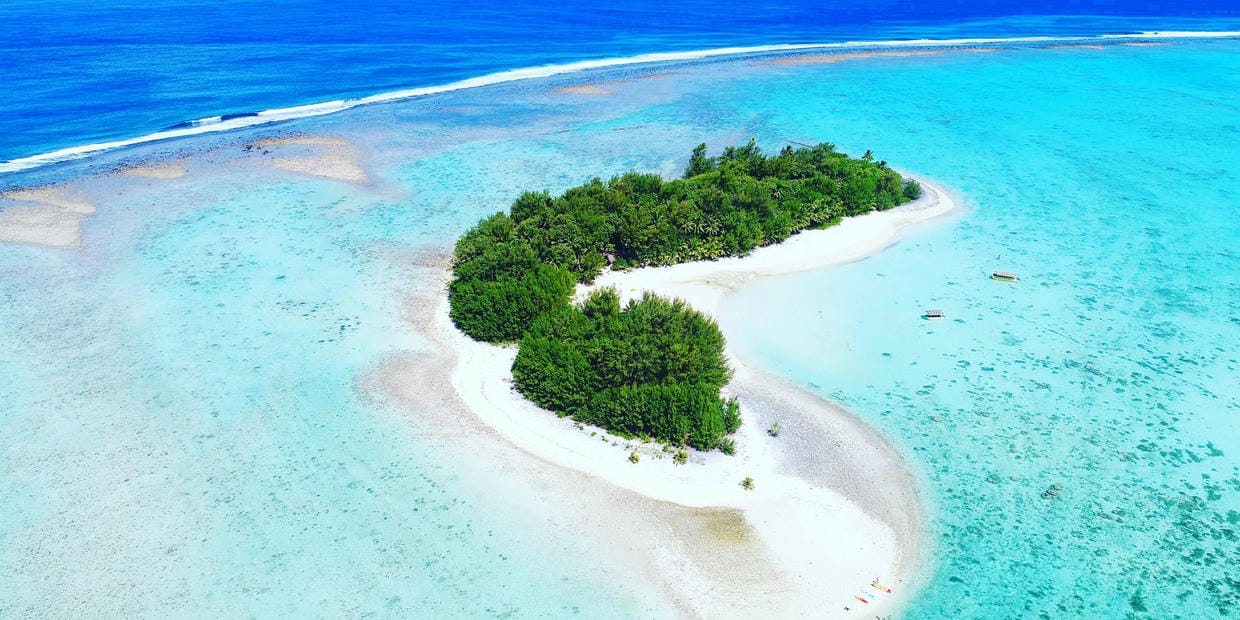
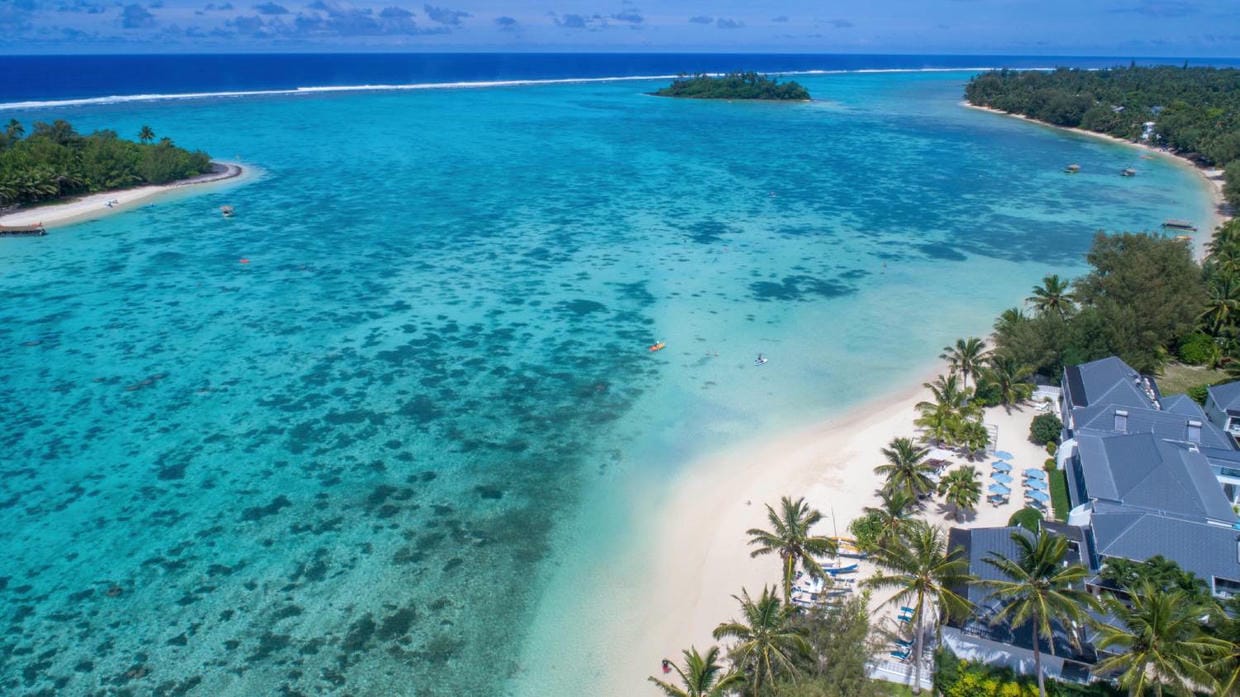
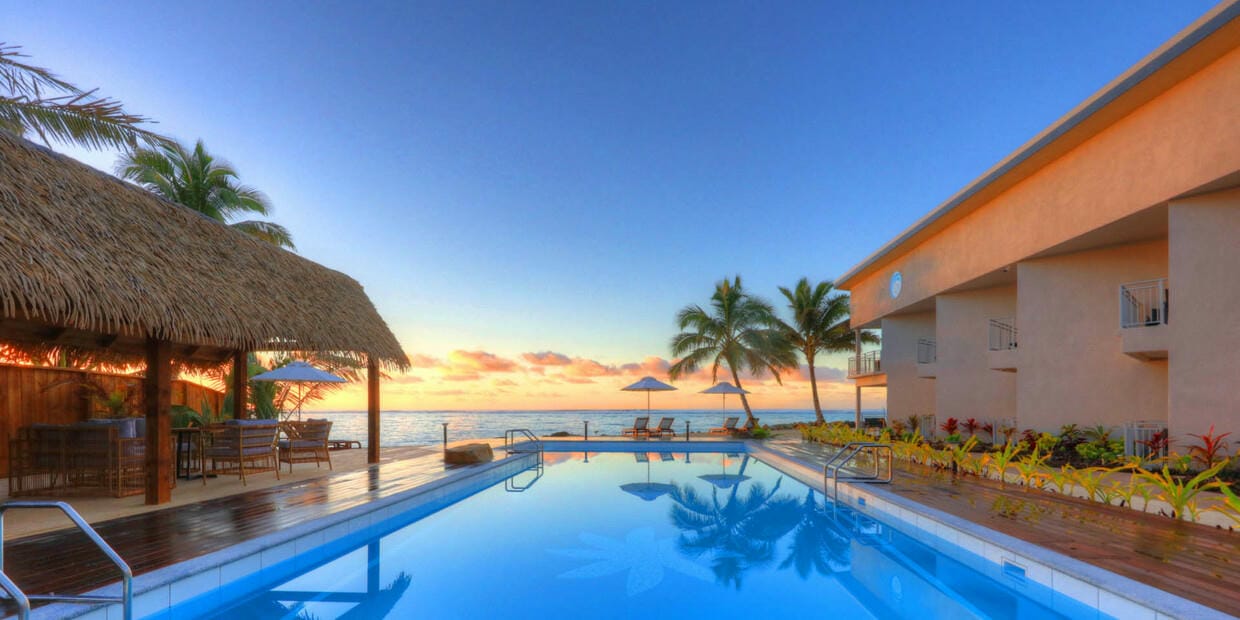
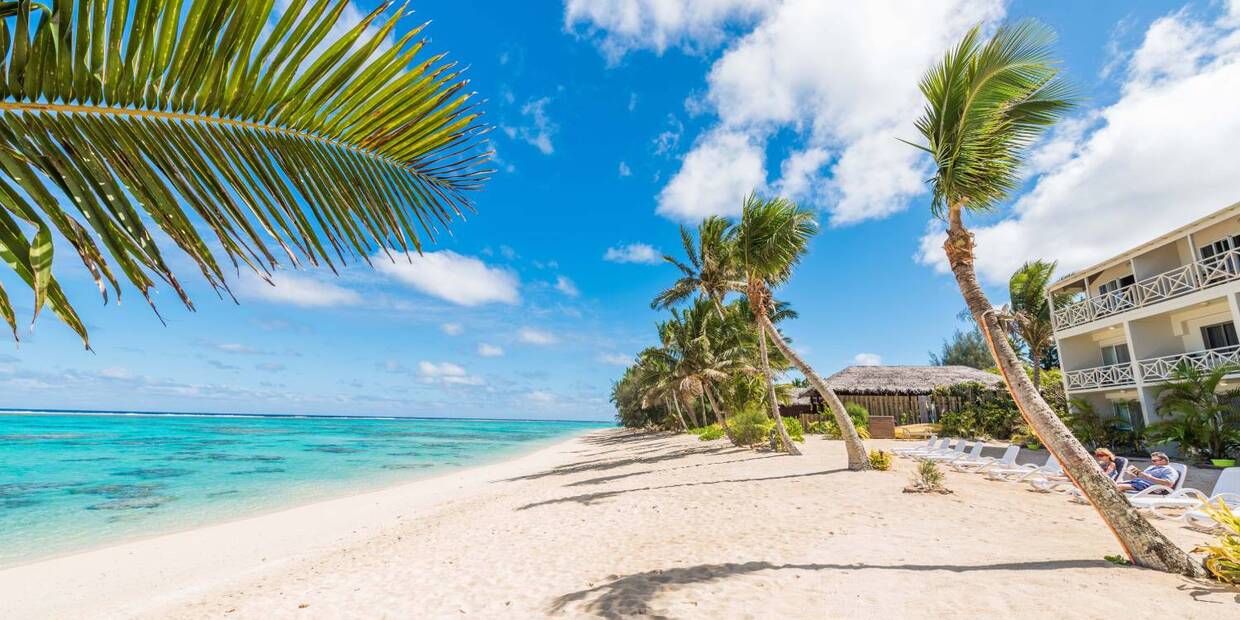
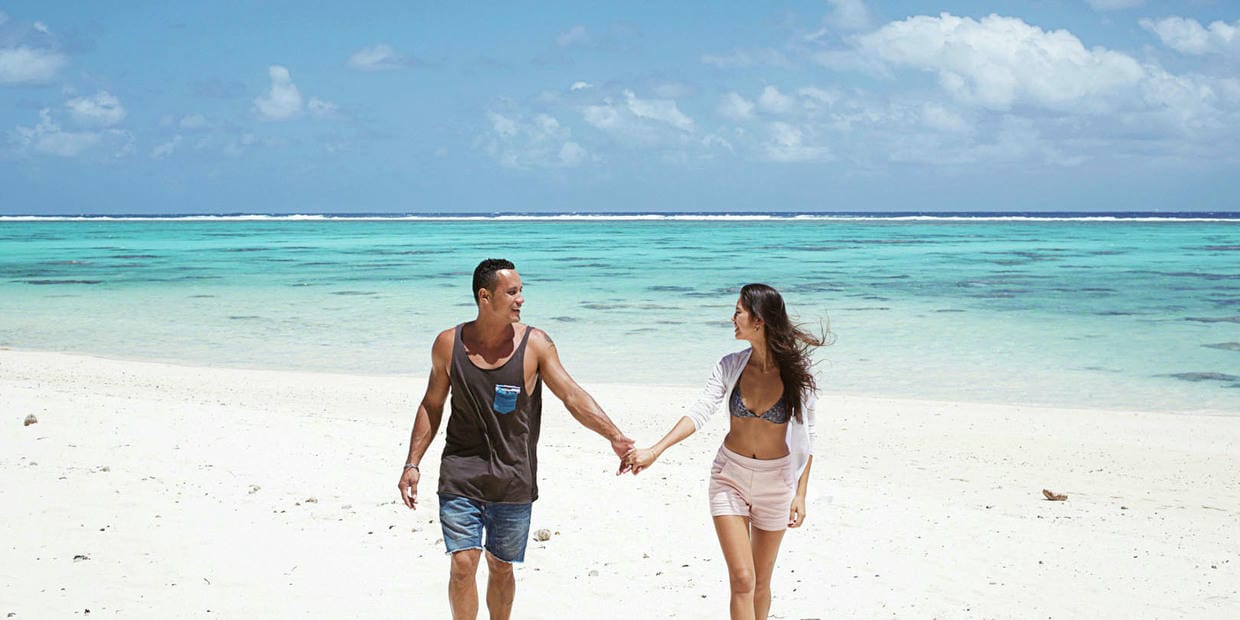
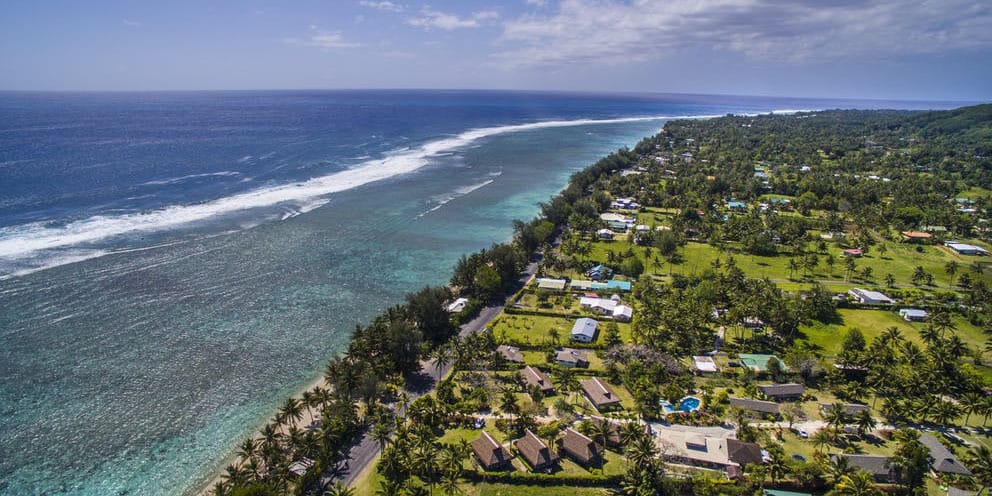
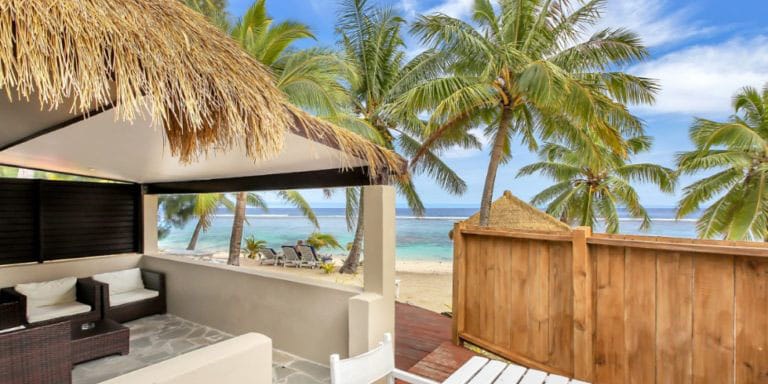
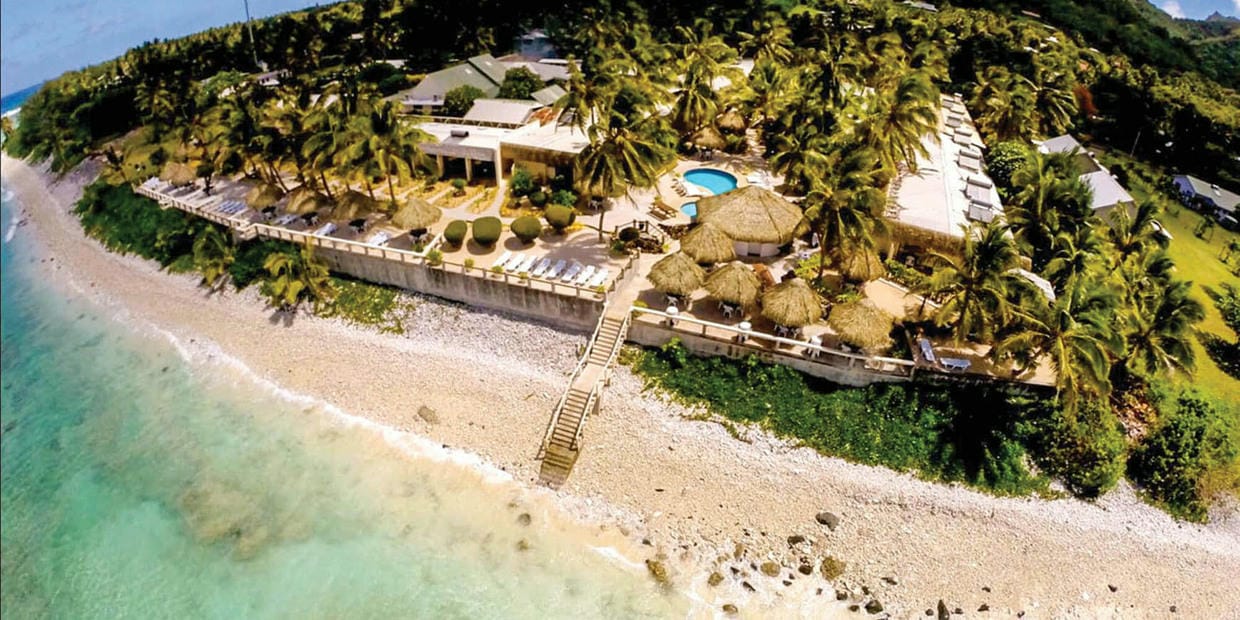
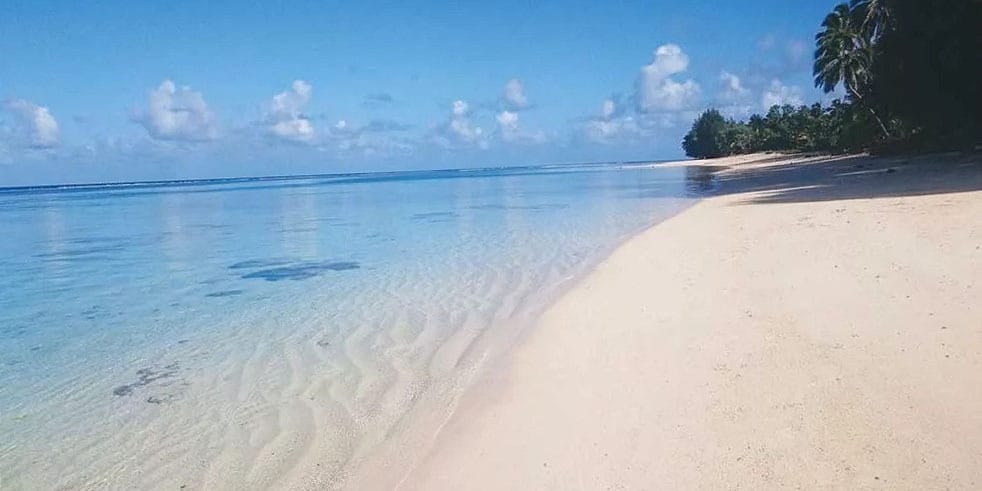 Now that you know the best places to explore the ocean in the Cook Islands, it’s time to get booking! Asian Paradises is the only Australian travel publication to have maintained such high service standards. We dig deep to source the best hotels to partner with on your behalf. Oh, and best of all, we don’t take commission from bookings, meaning our clients save big time!
Now that you know the best places to explore the ocean in the Cook Islands, it’s time to get booking! Asian Paradises is the only Australian travel publication to have maintained such high service standards. We dig deep to source the best hotels to partner with on your behalf. Oh, and best of all, we don’t take commission from bookings, meaning our clients save big time!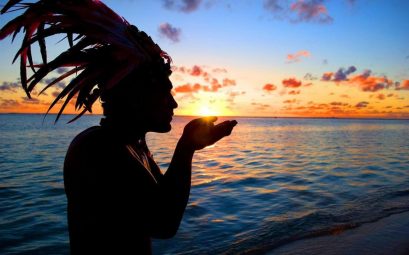
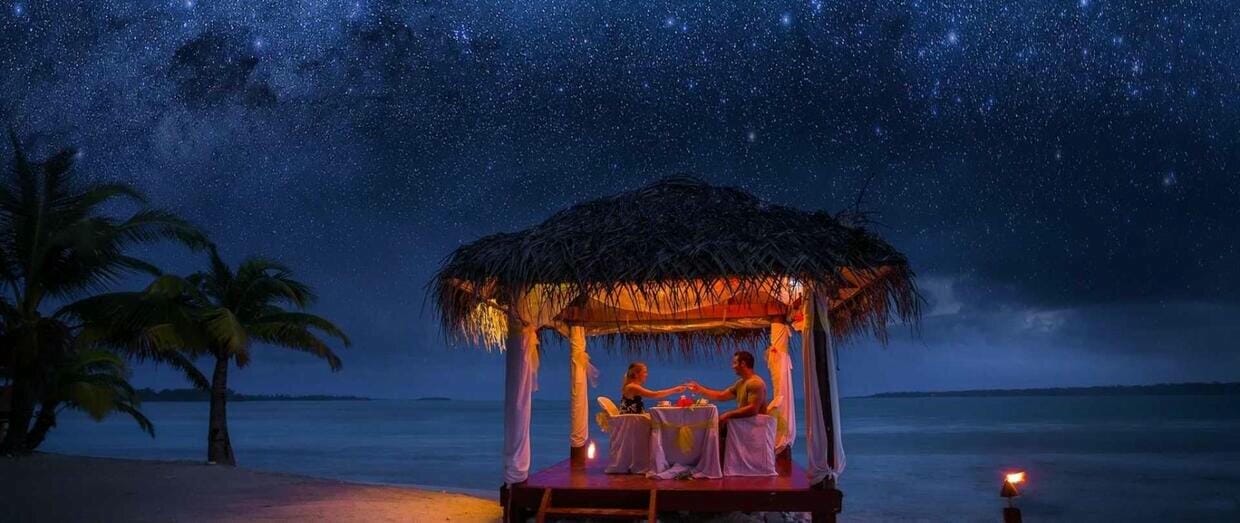 Aitutaki Lagoon Private Island Resort
Aitutaki Lagoon Private Island Resort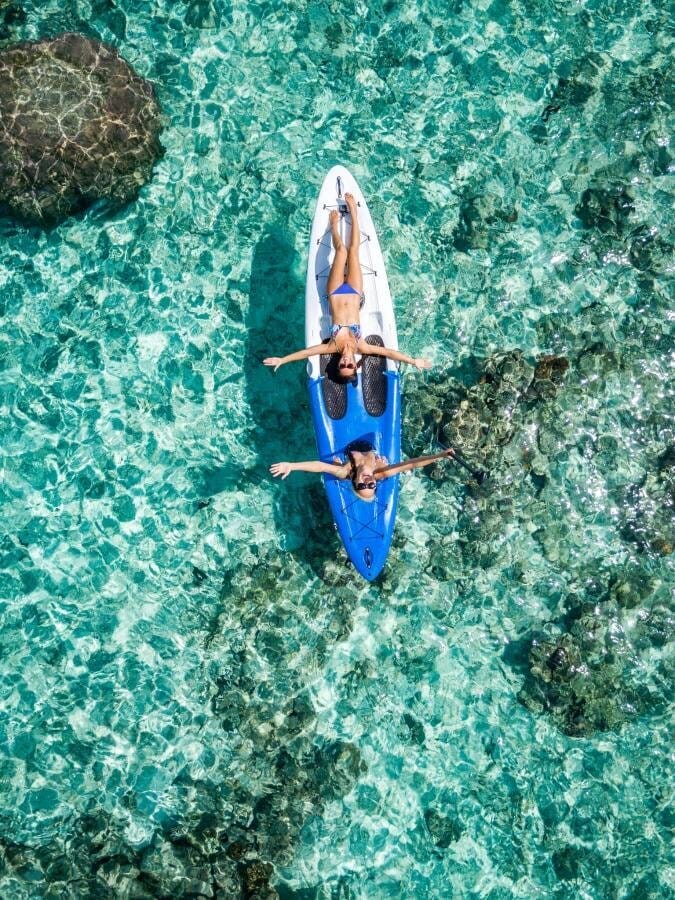 The Rarotongan Beach Resort & Lagoonarium
The Rarotongan Beach Resort & Lagoonarium